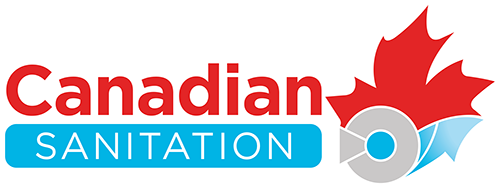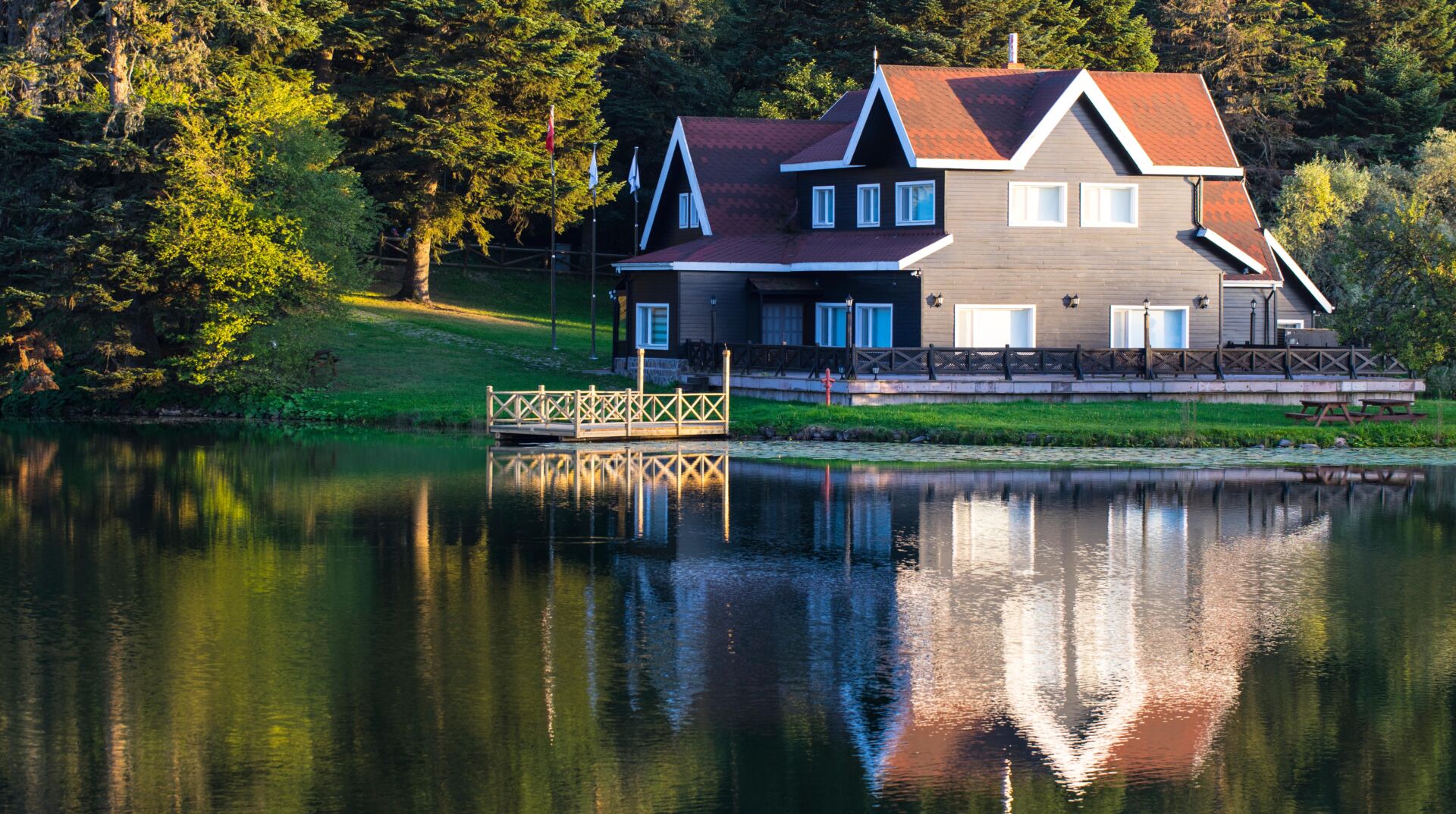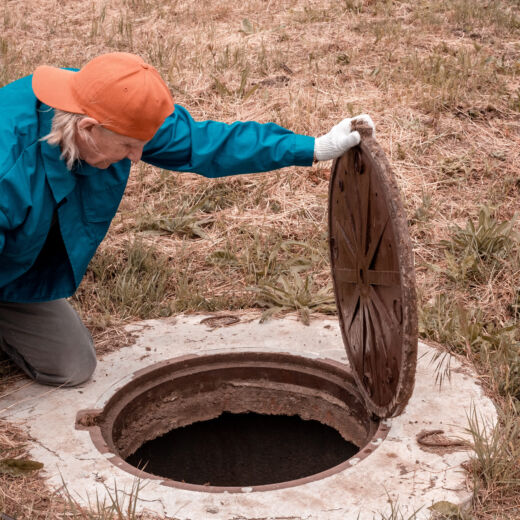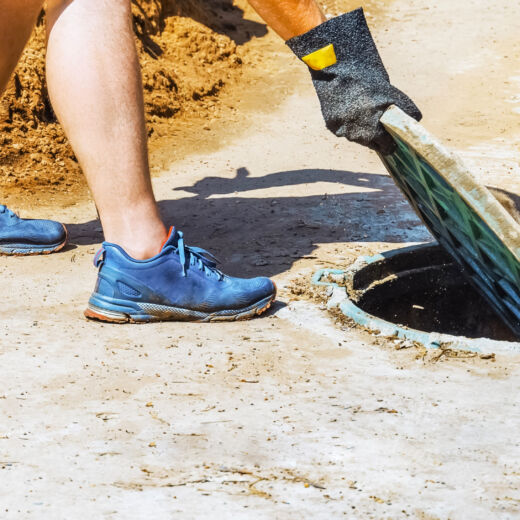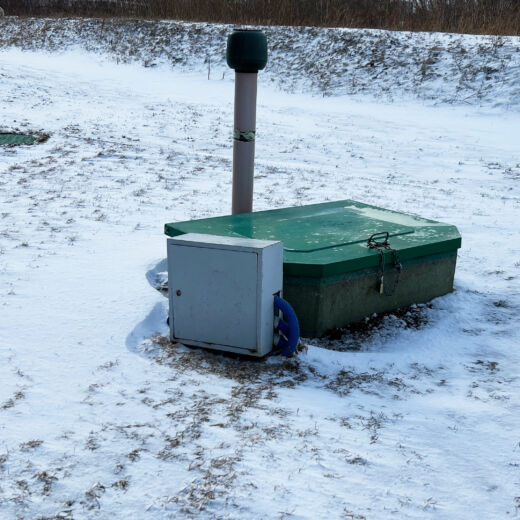In the pursuit of a reliable, robust septic system, the importance of sustainable sanitation technologies cannot be overstated. Among the remarkable innovations in this field, the Waterloo Biofilter stands out as a pioneering solution that is revolutionizing wastewater treatment.
Developed in Canada, this groundbreaking biofilter technology offers a highly efficient approach to managing wastewater.
About Waterloo Biofilter
Waterloo Biofilter Systems Inc. proudly stands as a Canadian-owned and operated enterprise with a primary focus on developing, designing, manufacturing, and maintaining advanced onsite wastewater treatment systems. The company’s unwavering commitment lies in delivering high-quality treatment solutions with minimal electricity usage, ensuring the robustness of their systems.
Since the inception of its first pilot installation in 1991, Waterloo Biofilter’s technology has solidified its position as the most reliable system available in the market. With their official incorporation in 1995, they have remained dedicated to pioneering the industry through continuous innovation and exceptional service. Throughout the years, the company has been at the forefront of numerous scientific and technological advancements that play a vital role every day in safeguarding the natural environment and preserving water supplies.
Among their notable achievements is the development of the world’s first biological trickling filter, which ingeniously utilizes an absorbent, synthetic filter medium. This innovation has proven to be a game-changer in wastewater treatment, enhancing the efficiency and effectiveness of the process.
Thanks to their efforts, effluent filters are now recognized as a mandatory component of septic systems under the Ontario Building Code.
How the Waterloo Biofilter Process Works
The Waterloo Biofilter is an exceptional wastewater treatment system that boasts stability and consistency over extended periods without the need for frequent septic tank cleaning or replacement. Its ingenious design maximizes the surface area-to-volume ratio, effectively reducing the septic system footprint. It can handle remarkably high, long-term loading rates without clogging or compromising treatment or the septic tank, surpassing the capabilities of sand filters or soils by up to 10 times.
Remarkably, the biofilter provides aerobic, anaerobic, and anoxic environments for biological treatment without relying on energy-intensive air compressors or producing excessive aerobic sludge. By absorbing and retaining wastewater, it extends retention time and achieves higher treatment levels.
Even during periods of no use, the system sustains biological populations, ensuring consistent treatment levels, making it ideal for seasonal applications like cottages, golf courses, and campgrounds. Moreover, it prevents untreated sewage from short-circuiting during events like surge flows or power failures, bolstering its efficiency and environmental impact.
- Step 1: Wastewater is collected and distributed over the Waterloo foam filter medium
- Step 2: Wastewater is absorbed by and slowly trickles down through the foam pieces where naturally occurring bacteria remove contaminants
- Step 3: After passing through the foam, the water is treated and is then put back into the environment
The Benefits of Waterloo Biofilter
- The absorbent Waterloo Biofilter filter medium creates an ideal environment for microbial attachment, protecting beneficial bacteria from predators, desiccation, and freezing.
- Microbes within the filter medium degrade and oxidize organic pollutants, coliform bacteria, ammonium, and other contaminants as wastewater is retained by capillarity.
- Passive air circulation throughout the filter medium provides an efficient aerobic treatment environment without the need for forced aeration.
- The attached growth process outperforms activated sludge or suspended growth processes with lower energy requirements, simpler operation, and less maintenance.
- The system excels in handling shock loads of chemical addition or hydraulic overloads, making it reliable and robust.
- Proven to function effectively in frigid -50°C temperatures, treating cold sewage with influent temperatures as low as 3°C.
- The Waterloo Biofilter does not produce aerobic sludge, maintaining high treatment levels even in very cold climates and accepting higher organic and hydraulic loads without plugging.
- The system consistently delivers tertiary, sand filter quality effluent (< 10 mg/L cBOD & TSS) that is clear and odourless.
- Highly treated effluent can be safely dispersed back into the soil via small, shallow disposal beds or trenches, or reused onsite for purposes such as irrigation, truck washing, or toilet flushing.
- The technology offers eco-friendly wastewater treatment with minimal impact on the environment and excellent effluent quality for various applications.
By harnessing the power of this advanced onsite wastewater treatment system, Canadian Sanitation ensures unparalleled performance and reliability in meeting our client’s needs. The innovative features of the Waterloo Biofilter, from its absorbent filter medium to its ability to maintain high treatment levels even in cold climates, enable us to offer efficient solutions for wastewater treatment.
